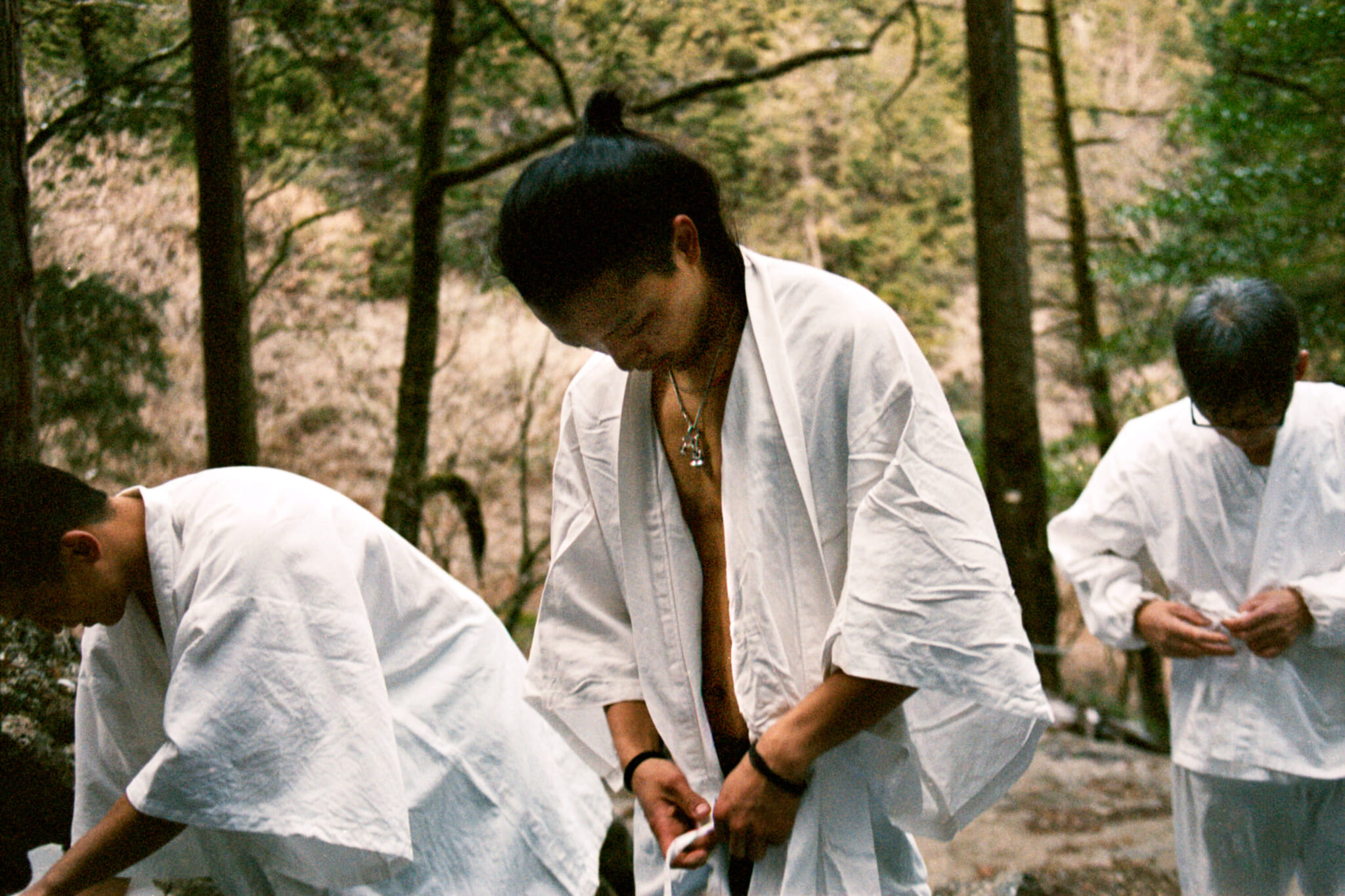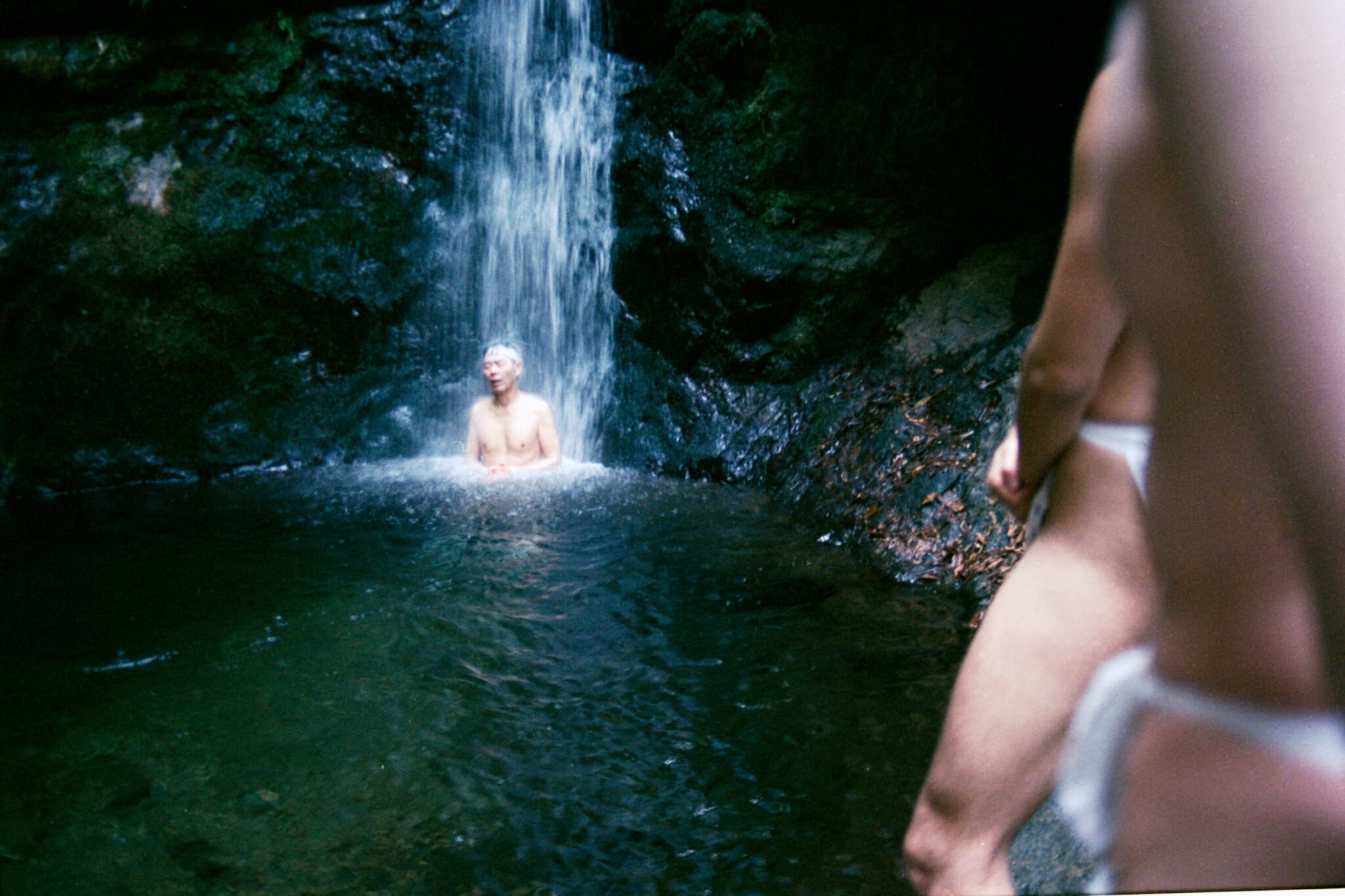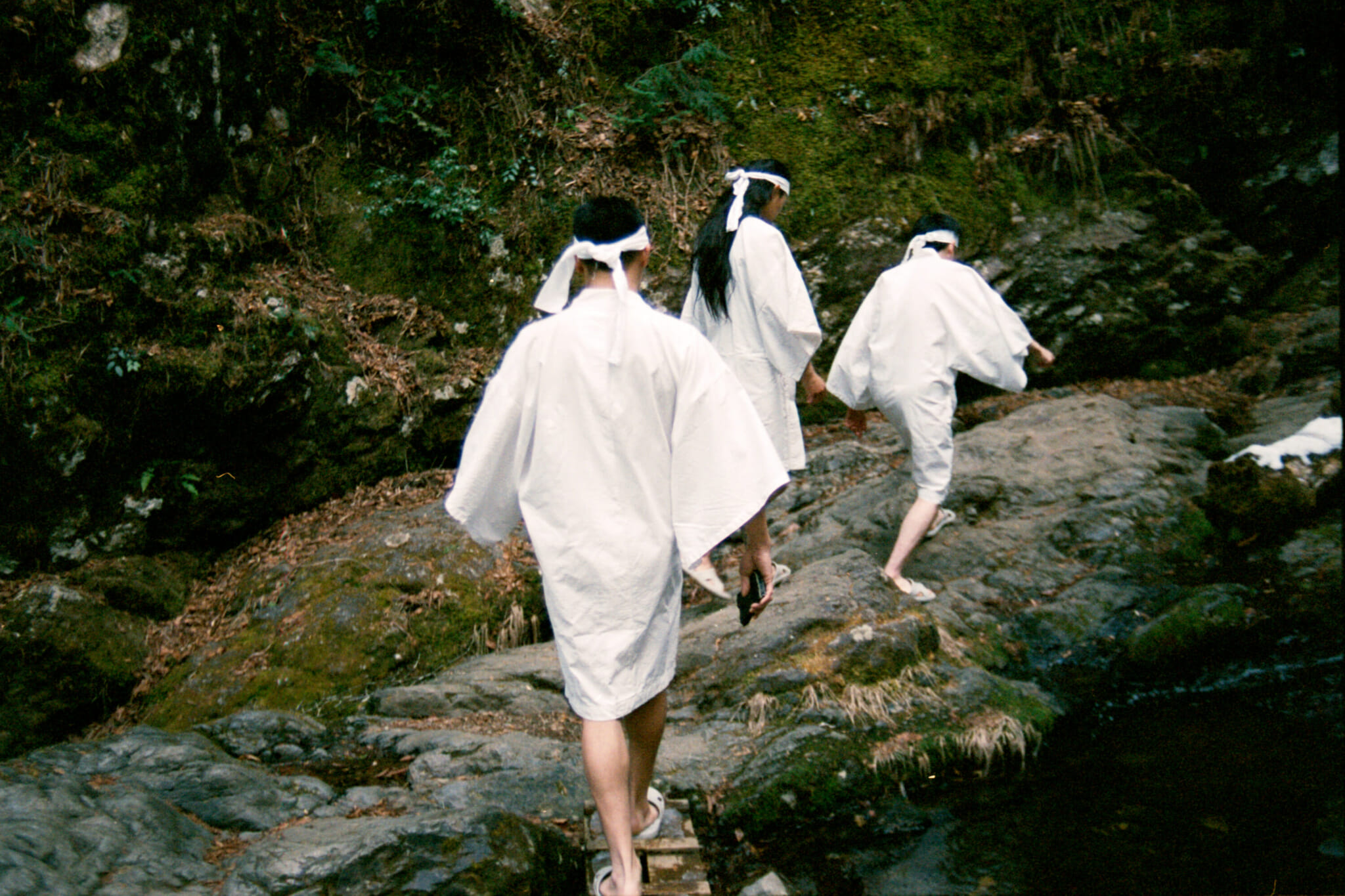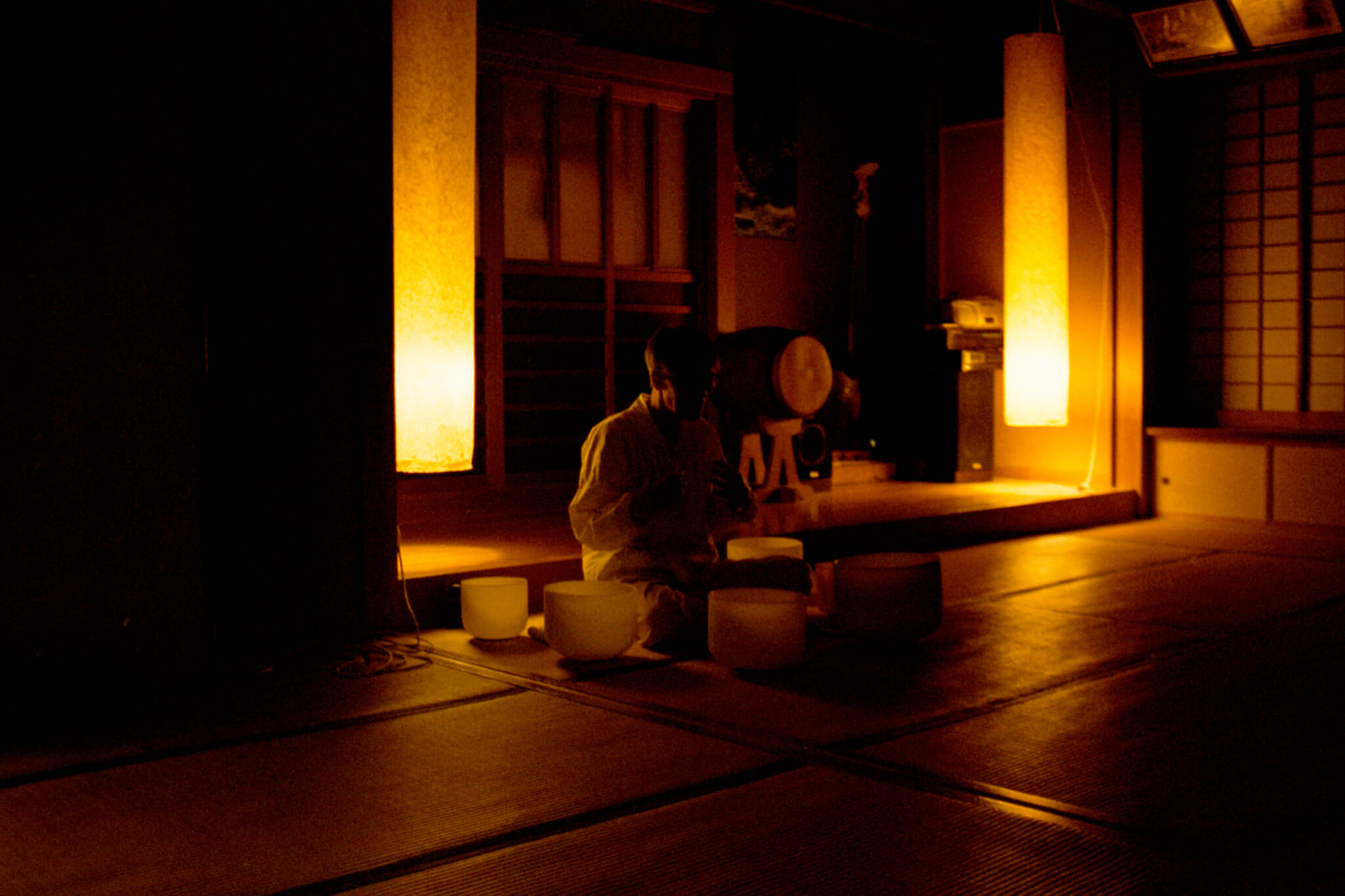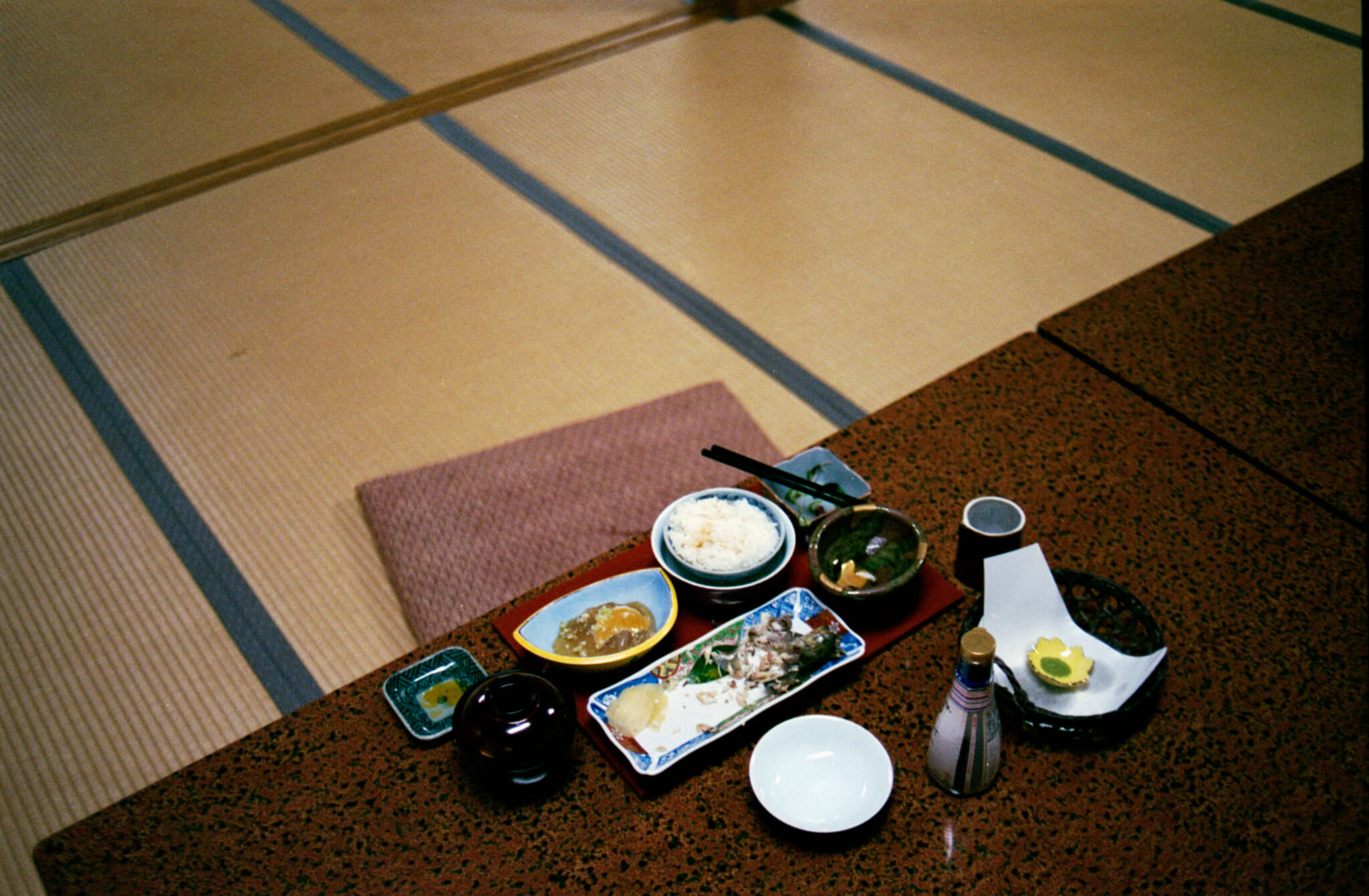Joe Magowan is a photographer from London specializing in music and documentary photography. He shoots predominantly on film, using his trusty Nikon and Hasselblad to find shots of life in the city. In addition to street snaps and musician shots, he has also directed, produced and shot a documentary covering the lives of My Bad Sister, two former child actors turned rowdy musicians.
In February of this year, while there was still a chill in the air, Magowan came to Japan. The day after his arrival, he headed to the mountains to do something many residents themselves have never attempted before: takigyo.
What Is Takigyo?
Takigyo is a meditative practice composed of the Japanese words for “waterfall” (taki) and “do” (gyo). It’s also known as misogi. The practice started over 1,400 years ago, with references to takigyo being found in the oldest Japanese texts, Kojiki (712 CE) and Nihon Shoki (720 CE).
Buddhist monks and Shinto priests reportedly participated in the meditation to purify themselves before heading up a mountain or on a pilgrimage. It was believed that letting the water pound your body would take you closer to the Shinto and Buddhist waterfall deities.
In the past, takigyo practitioners stood beneath the waterfall and chanted or prayed. To this day, many takigyo retreats are hosted by temples and shrines. Nowadays, in addition to the religious aspect, takigyo is practiced for its health benefits. The pressure of the waterfall is thought to stimulate the nervous system, in addition to mental benefits such as relieving stress.
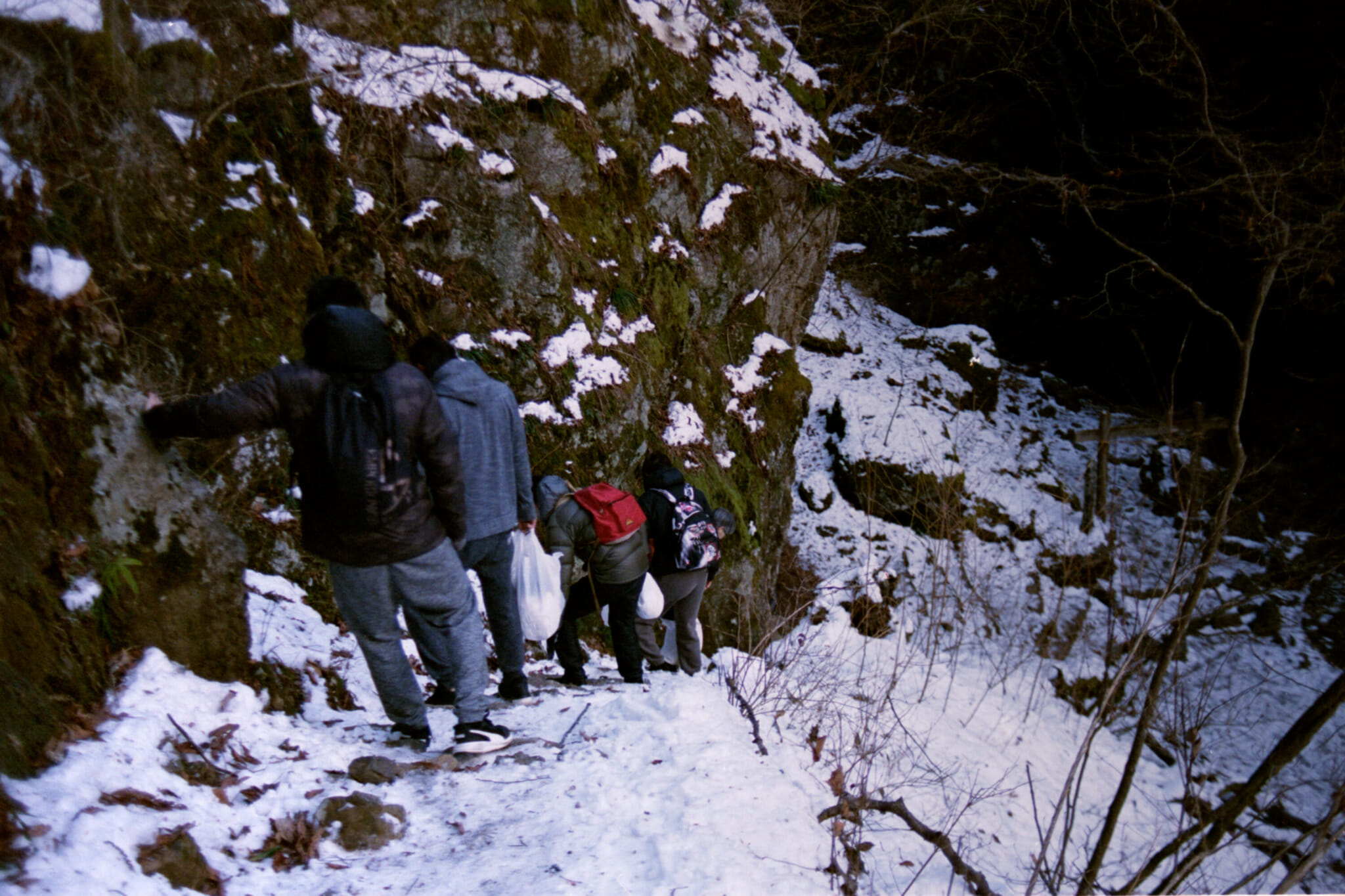
The Takigyo Experience
This takigyo took place at Seizanso in Ome, a suburb of Tokyo, from 3 p.m. on the first day until 11 a.m. the following day. It was a group of four people: three males and one female.
The experience began with a quick lesson in a room on the first floor of the lodgings, which covered what to do when at the waterfall. Actions included standing on one leg, clapping and bowing. After a bit of practice, the group were given clothes and sandals before following the instructor up the mountain.
At the Waterfall
Magowan’s group arrived at the waterfall after about 40 minutes. There, they changed into robes and loincloths.
First, the instructor stood under the waterfall, showing everyone what to do. While he was under the waterfall, the rest of the group stood and chanted. The members went in one at a time, with Magowan the third to be called forward. “The experience of being under the waterfall and doing the meditation really forces you to be in your body and feel all of the sensations,” he said. “There’s a certain peacefulness that comes with that.”
The group had been chatting on their way up to the spot, but the way back was considerably quieter. “I felt a lot calmer and more at peace,” reflected Magowan.
Once back at the temple, the group had dinner and meditated with singing bowls before heading to bed, ready for an early start the next morning.
The following day, they woke up at 5 a.m., ready to head back up the mountain for another meditation session under a different waterfall. Magowan said, “The second time, I felt more spiritual and could feel a sense of oneness with the surroundings.”
Once everyone had entered the waterfall twice, they headed back down the mountain in time for breakfast, before departing.
For more information on Joe, check out his website.

